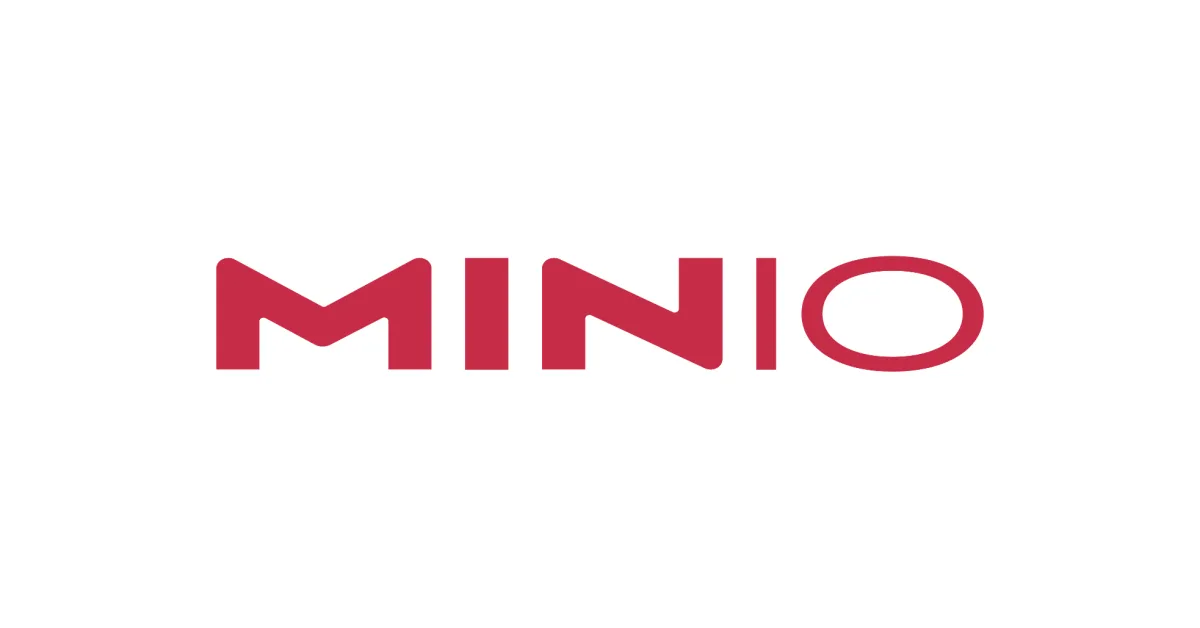MinIO - Isn’t Just Buckets Anymore
If you’ve been anywhere near enterprise storage in the last decade, you’ve probably heard of MinIO. Possibly from a DevOps engineer foaming at the mouth about Kubernetes S3 buckets, or maybe from that one architect who decided object storage was cooler than it actually is.

Either way, MinIO has become a serious player in the storage space - especially when it comes to AI and analytics workloads.
Now, MinIO wants you to meet its star pupil - AIStor. Not to be confused with its open-source sibling (which shares a logo but not a codebase), AIStore is MinIO’s flagship for the AI era. And by “AI era” we mean that everyone’s panicking about GPU clusters, and someone’s got to shove terabytes of data into the beast without making it choke.
Traditional storage vendors have been bolting AI stickers onto 20-year-old SAN/NAS architectures and pretending they can lift. They can’t. AI workloads demand massive throughput, low latency, and zero tolerance for flaky metadata layers. Meanwhile, enterprise IT has been stuck retrofitting “unified” architectures on top of dusty POSIX backends, which works about as well as duct-taping a Tesla battery to a horse-drawn carriage.
MinIO’s answer is a clean break - Object-Native Architecture. AIStore merges metadata directly into the object gateway layer. No central metadata server, no single point of meltdown. The whole system is stateless, horizontally scalable, and allegedly so fast your GPUs will blush. They claim it can handle workloads from edge to cloud to your on-prem data center, and yes, even your “AI-powered” retail app that can’t decide if it’s recommending socks or accidentally diagnosing cancer.
MinIO likes to flaunt its stats. According to their own brag sheet the 52% of the Fortune 500 use them and 77% of the Fortune 100. Additionally 9 out of 10 top automakers, all 10 largest U.S. banks, 8 of the 10 biggest U.S. retailers. It’s like the Oscars of storage, and MinIO has more statuettes than Meryl Streep. Of course, “use” is a flexible term. That one developer at a megabank who spun up MinIO for internal testing in 2018? Still counts.
But fair’s fair - MinIO isn’t just doing vanity metrics. They’ve got real deployments pushing real limits. There’s a private AI deployment for autonomous cars storing over an exabyte. A fintech client with half a billion merchants that goes from 30PB to 50PB at the speed of market volatility. And a 1.25 exabyte AI lakehouse brought back from AWS, saving just enough margin to make the CFO smile (2–3% improvement, for those counting). They build for failure, too. With an erasure coding parity level of eight, MinIO assumes your hardware will break. No vendor lock-in nonsense about drive health, no half-baked SMART data interpretations. Just object storage Darwinism.
So what makes AIStore “AI-native” and not just another glorified object bucket? For starters, it supports Model Context Protocol (MCP). Think of it as REST for AI, models can be served, tuned, and run near the data - without schlepping everything across clouds or continents. Need a Hugging Face for your private cluster? AIStore gives you one. It’s a platform for inference, fine-tuning, and rapid iteration. You bring the model, MinIO brings the bandwidth and a complete indifference to your legacy storage problems.
MinIO also gets that RDMA is the new bottleneck breaker. They’ve worked with NVIDIA to bring GPUDirect Storage (GDS) to S3, over RDMA fabric, leaving HTTPS as a humble control plane. The data plane, meanwhile, is pure, unencrypted block traffic firehosed directly into GPUs. Security purists might twitch, but let’s think that galvanic separation is needed, and in architecture, you just plan to dedicate a network stack. And yes, AIStore runs on BlueField-3 SmartNICs. No x86? No problem. The vision is clear: a new generation of data center nodes built around accelerators and offloads, not CPUs. It’s not quite the death of general-purpose compute, but the funeral invitations are being drafted.
MinIO sees AIStore not just as a store for AI data, but as the data platform. Backups? Check. Archives? Sure. Fintech apps bursting from 30 to 50 petabytes overnight? Bring it on. All of it runs on a single software layer, S3-compatible, stateless, and hardware-agnostic. If it breathes and stores bytes, it probably works. And just when you thought they were done, they drop support for ARM, x86, and Power. That’s right - if you happen to be building a Skunkworks cluster on IBM Power9 for fun (or punishment), they’ve got you covered.
MinIO’s AIStore isn’t just a rebranded object store with AI stickers. It’s a genuinely differentiated platform that actually understands what AI workloads need, and it’s got the numbers and exabytes to prove it. The zingers about legacy storage aren’t just marketing fluff, they reflect a fundamental rethink of how we structure data infrastructure in an AI-first world. Sure, it’s not without ambition inflation. “Hugging Face hub on your premises” makes for a great headline, but the real magic is more subtle… MinIO is betting that the future of AI isn’t just about GPUs and models, it’s about making sure your data gets there fast enough to matter.
In an era where “AI-native” has become the “cloud-native” of yesterday (everyone says it, few mean it), AIStore is, at the very least, earnestly built for the problem space. And that might be the most subversive thing of all.
The article is a result of my trip to Cloud Filed Day 23 in California in June 2025. You can watch video from this event here:


